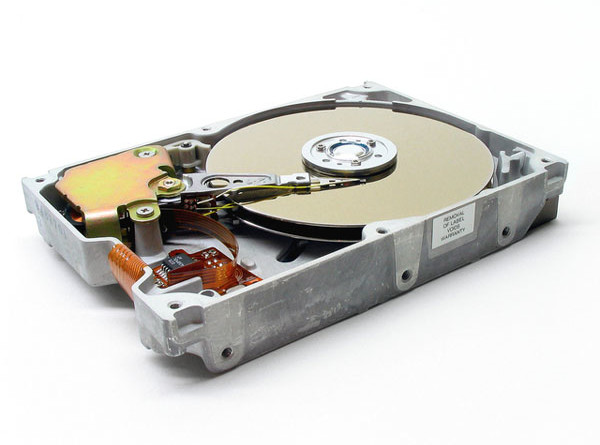What to Do When Low On Hard Drive Space
So how do you free up that much needed space on your laptop? Your hard drive has reached near full capacity. The low disk space warnings are constantly popping up. In this article, I intend to tell you exactly what to do if you find yourself in this situation.
Despite the advancements in computer technology, it’s still not uncommon to find computers with relatively small hard drives installed in them. Fortunately, there are many things that you can do to reclaim your hard drive space when it reaches full capacity. Even users with larger hard drives would benefit from the many tips outlined in this article.
About Low Disk Space Issues
On Windows based operating systems, the threshold is 200 MB, once your hard drive has less space than that, it’s no longer able to function at optimal levels. The system will thus take the necessary steps to preserve the performance of your computer.
Once your hard drive space falls below 80 MB, the operating system will deliver much stronger warning messages to the end user, it will also attempt to free up space by itself, by deleting your System Restore points. This will reduce the number of restore points that you will have available to you.
When your hard drive falls below 50 MB, the operating system will carry out its final phase of self-preservation. Constant warning messages will pop up, at regular intervals. This will go on, until the end user takes the necessary steps to free up hard drive space. If the end user continues to ignore the warning messages, then the operating system will delete all the System Restore points and disable the System Restore feature in the process. The System Restore feature will only be reactivated, once 200 MB or more space has been made available.
Now, with all the technical stuff out of the way, what are some of the things that you can do to free up hard drive space? Well, there are several, with the most effective being the following:
Empty the Trash Bin
It’s more than likely that this is something that you already do on a regularly basis, which is why I decided to start with this step first. So, if emptying the trash is something that failed to cross your mind, then I suggest you go right ahead and do it. There is a good chance that you will be able to free up quite a significant amount of space, just by doing this.
That said, there are more things that you can do, and in the event that this does very little to alleviate your problem, you’re going to want to take heed.
Empty Your Download Folder
Irrespective of what version of Windows you’re using, the download folder will be there, as that folder is where all the files you download off the internet automatically go.
Remember that document résumé that you downloaded off the internet several years ago, or the media file you downloaded via your instant messaging service? Well, all those files will be saved in this one location. The download folder can grow quite rapidly, especially if you’re not paying it enough attention.
So today it’s time you make that decision to remove all those files. Removing these files is a simple process. The difficulty may lie in knowing its location. Well, it can vary, but typically, you can get to the download folder through My Documents.
If you surf the internet a lot, then I recommend you constantly empty out this folder.
Use External Hard Drive
Once you have taken the time to analyse all the files on your hard drive, you should have a good idea of which files are consuming the most hard drive space. Photos and music files tend to take up the most hard drive space, for obvious reasons, so why not consider moving these files to an external hard drive. You may also want to consider moving your old documents over to your external drive.
Use Ccleaner
Ccleaner is a free optimisation tool, which is capable of freeing up hard drive space. This tool will automatically locate your internet history, cookies, temporary files, and other junk folders and remove all its contents. Ccleaner has a number of different features; however, the only feature you’ll need to use is the cleaner functionality.
Note: When you first install Ccleaner it will by default check a number of different options to clean. These options can be deemed to be aggressive or not aggressive enough, it all depends on your situation. So consider tweaking these options, especially if your first scan didn’t find and delete very many files.
That said there are many other tools that you can use to do the very same thing. Ccleaner just happens to be amongst the most popular, and it’s free, so that helps.
–AUTHOR INFO—
Uchenna Ani-Okoye is a former IT Manager who now runs his own computer support website compuchenna.co.uk.
